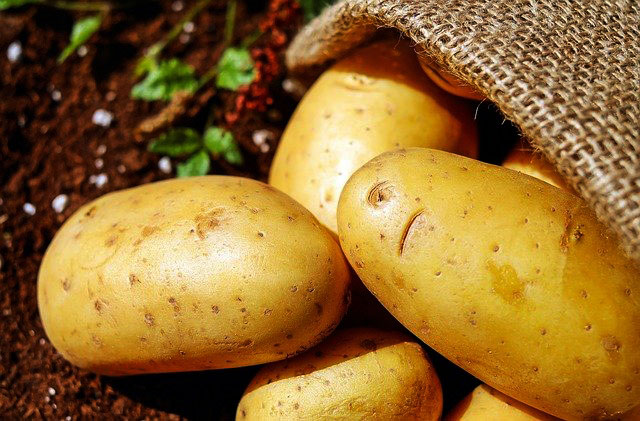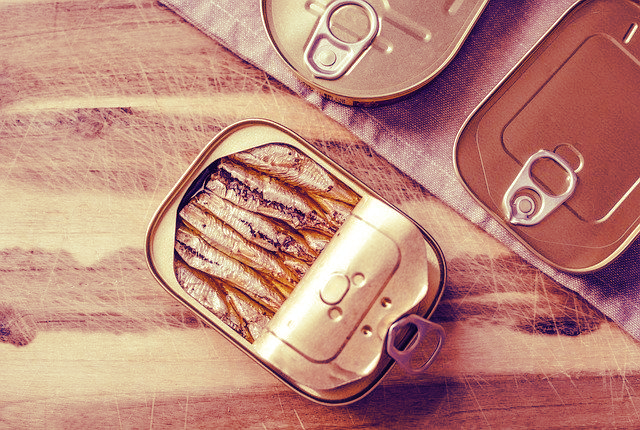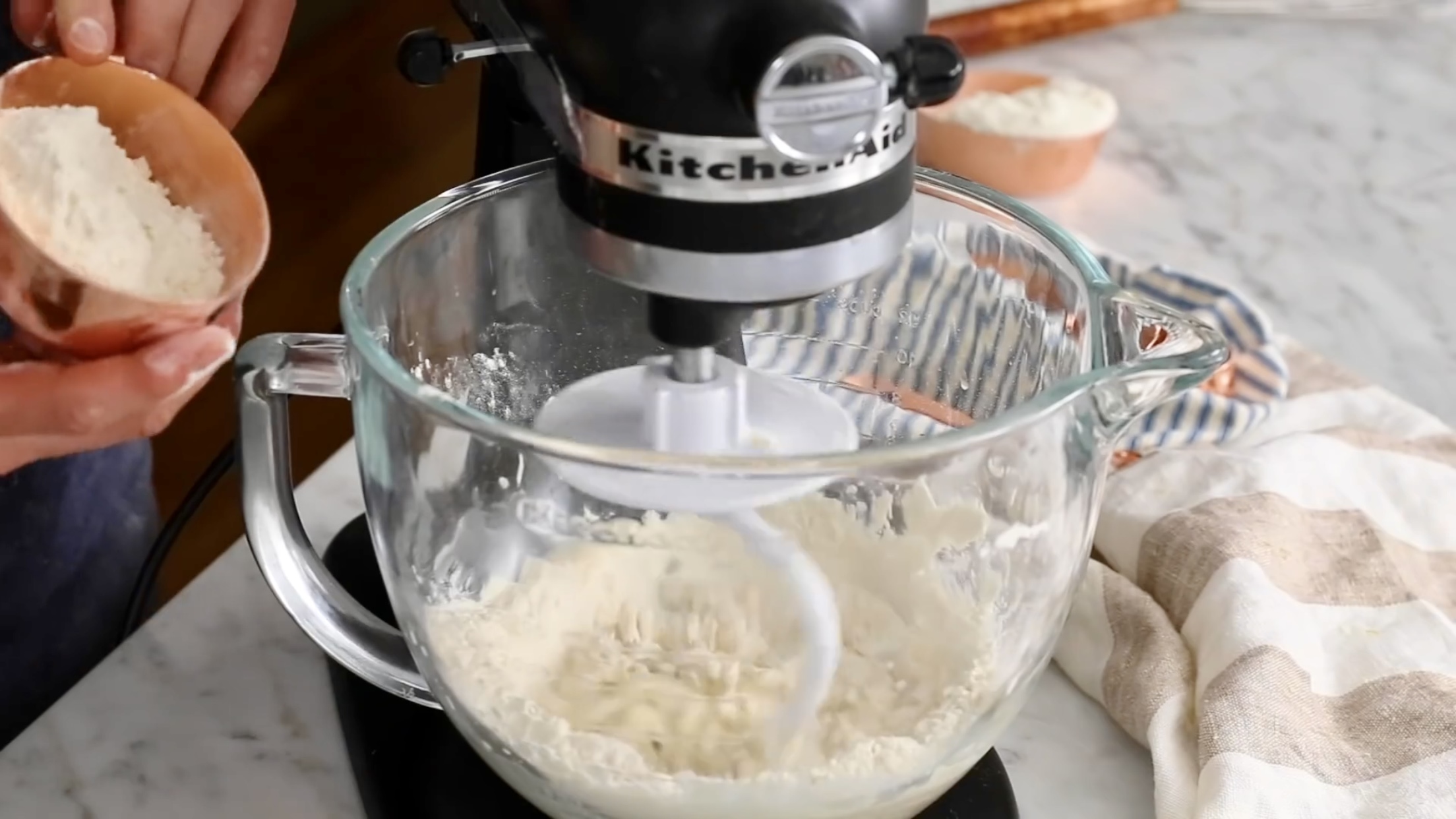Based on the foods that you want to can, maybe. The method you use for canning - boiling water bath vs. pressure canning - is dictated by the acidity of the foods you’re canning. Most fruits are acidic enough to be safely canned using the simpler boiling water bath. Most vegetables, though, need the more aggressive pressure-canning process, which gets to a much higher temperature to ensure that they are free of micro-organisms (yeast, mold and bacteria) that cause spoiling.
Now tomatoes, living in that confusing fruit/vegetable netherworld, fall somewhere in between. While they are naturally acidic, acid is usually added to improve the flavor and help control spoilage, in the ratio of 1 teaspoon of lemon juice or vinegar to 1 pint of tomatoes. Then they can be processed safely in the boiling water bath.
Clearly, if the foods you are canning are appropriate for a boiling water bath, you don’t have to run out and purchase a special canning pot, although the wire rack that comes with it to hold jars steady is useful. Any large pot that will allow you to completely submerge the jars at least an inch underwater will do. In the absence of a special rack, many people line the bottom with a dishtowel or metal trivet to keep the jars off the bottom of the pan, so you have to take the added height into account. Every preserving book that we’ve looked at that suggests you might have the courage and resolve to use a pressure canner says you should not use a regular pressure cooker in its place. Perhaps it is a simple function of size - most pressure cookers hold six to 12 quarts, while pressure canners hold upwards of 16.
Our recommendation is to get a little experience under your belt with the boiling method of canning before you plunge into the deep end of pressure canning.

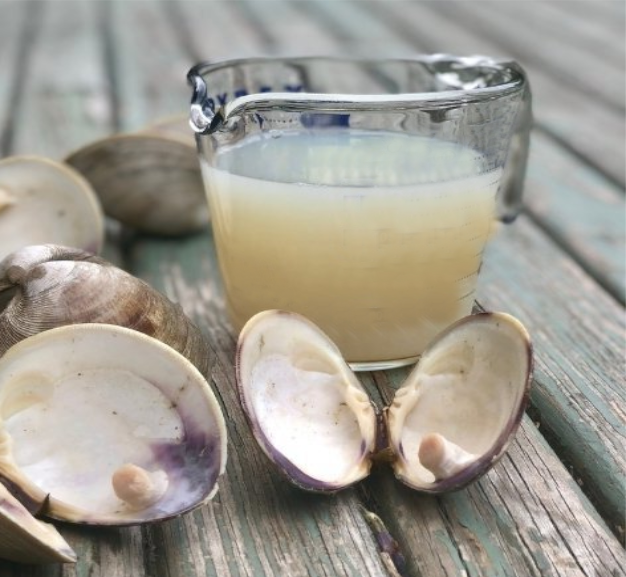


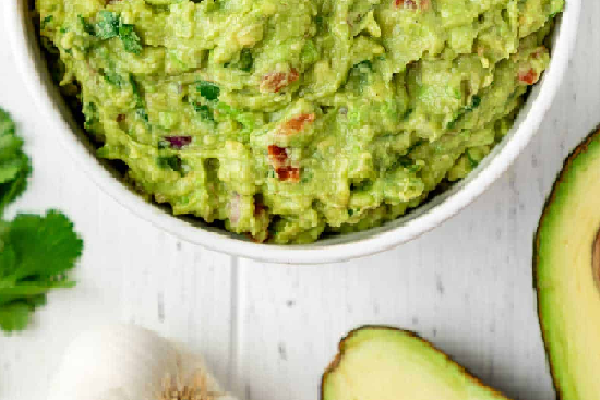



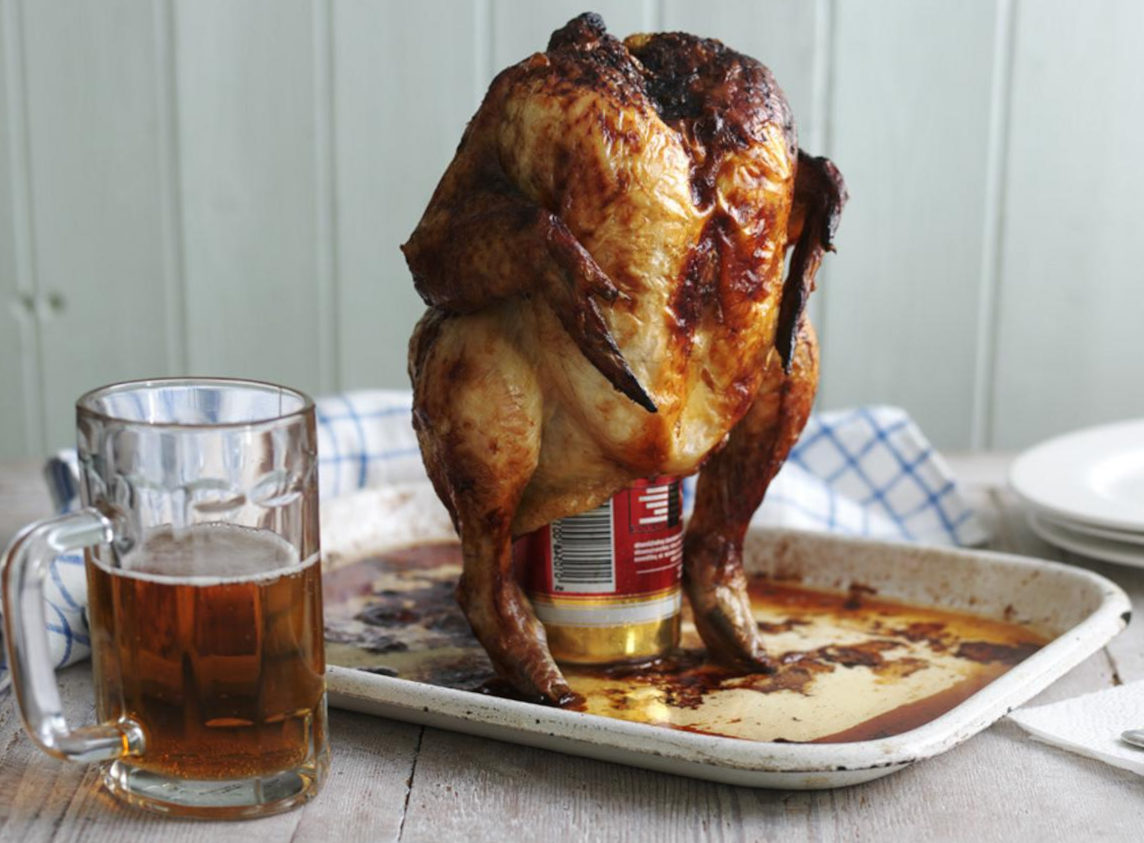
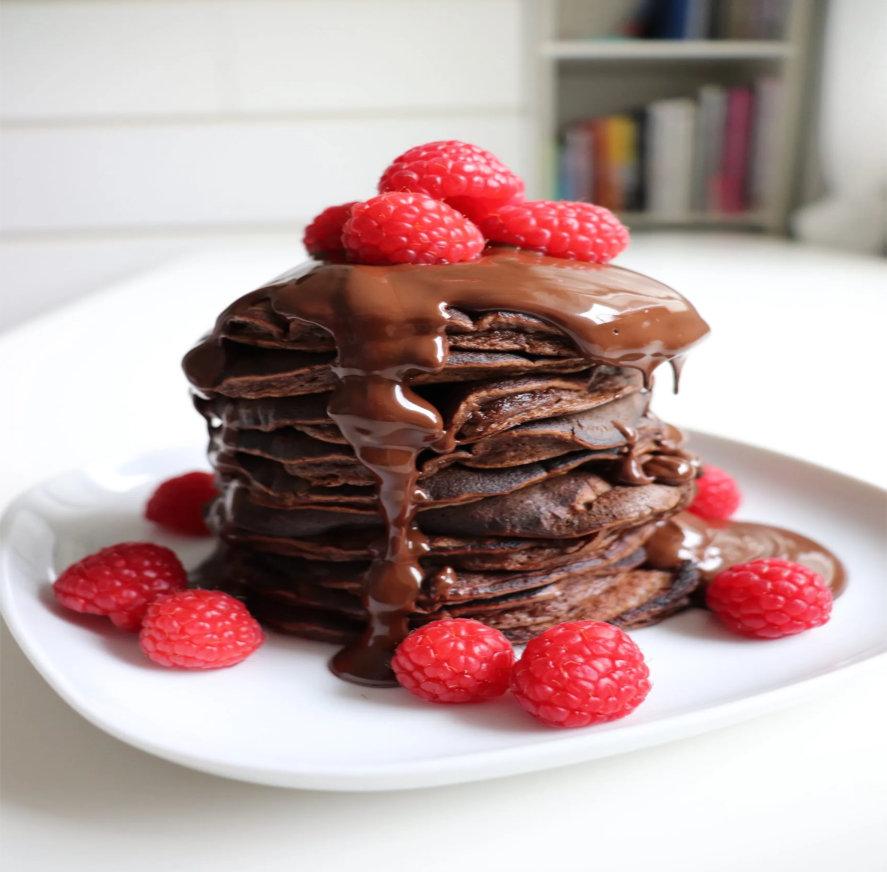
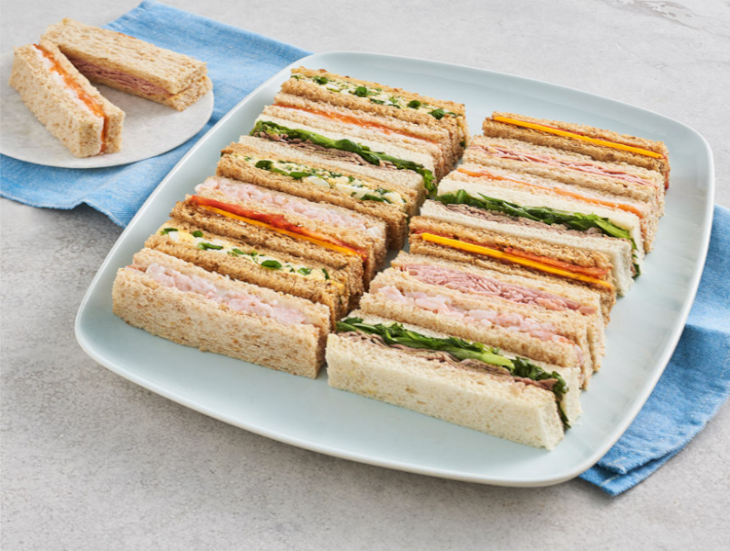



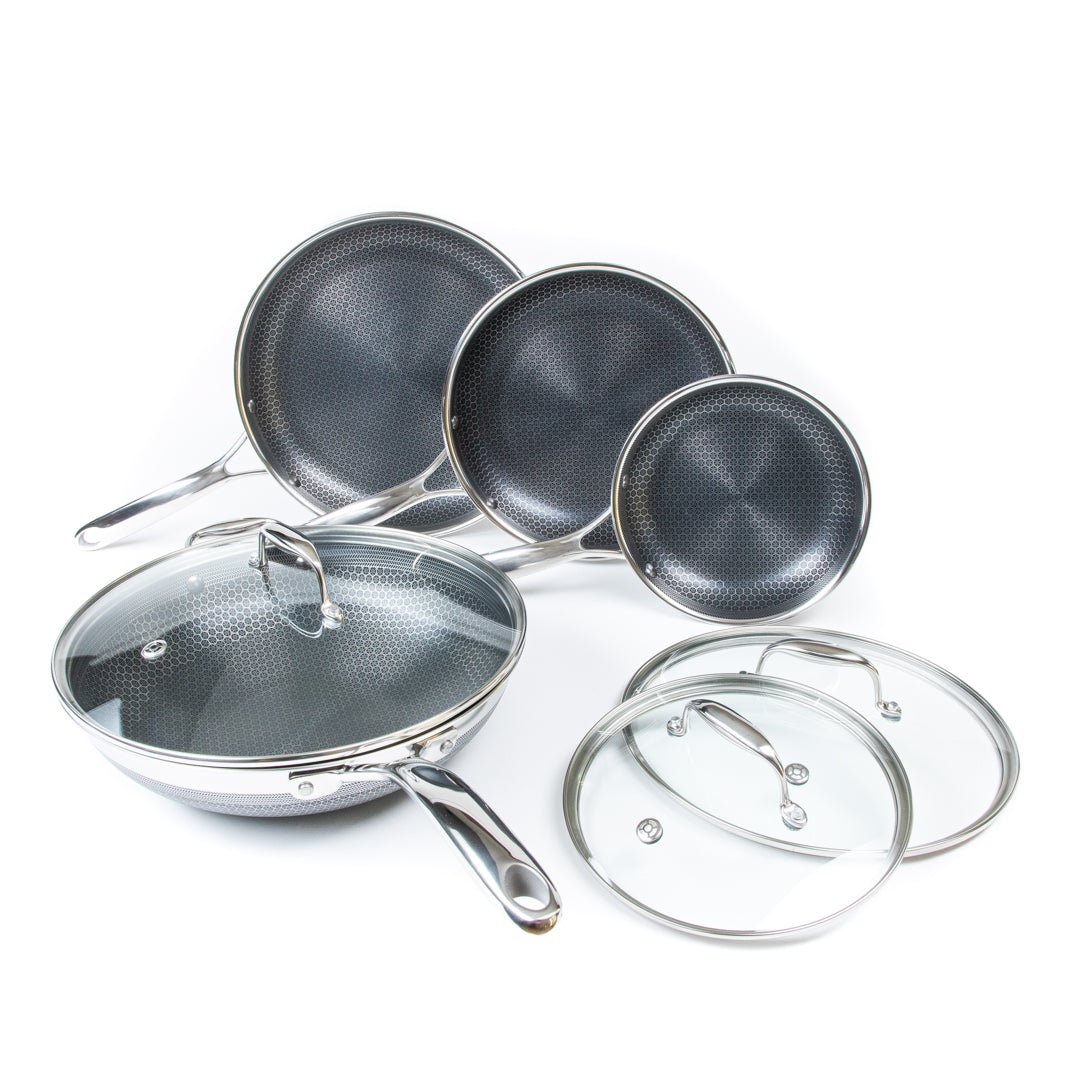


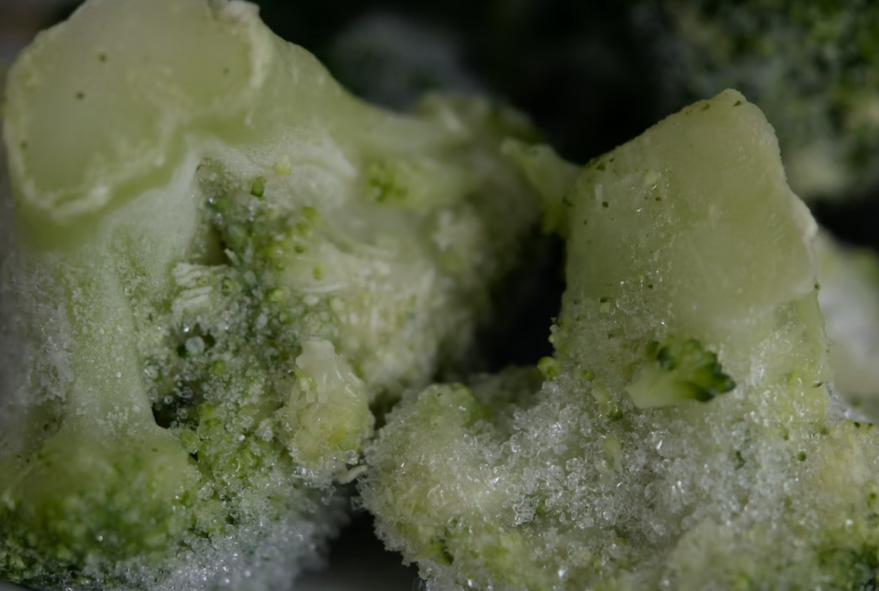
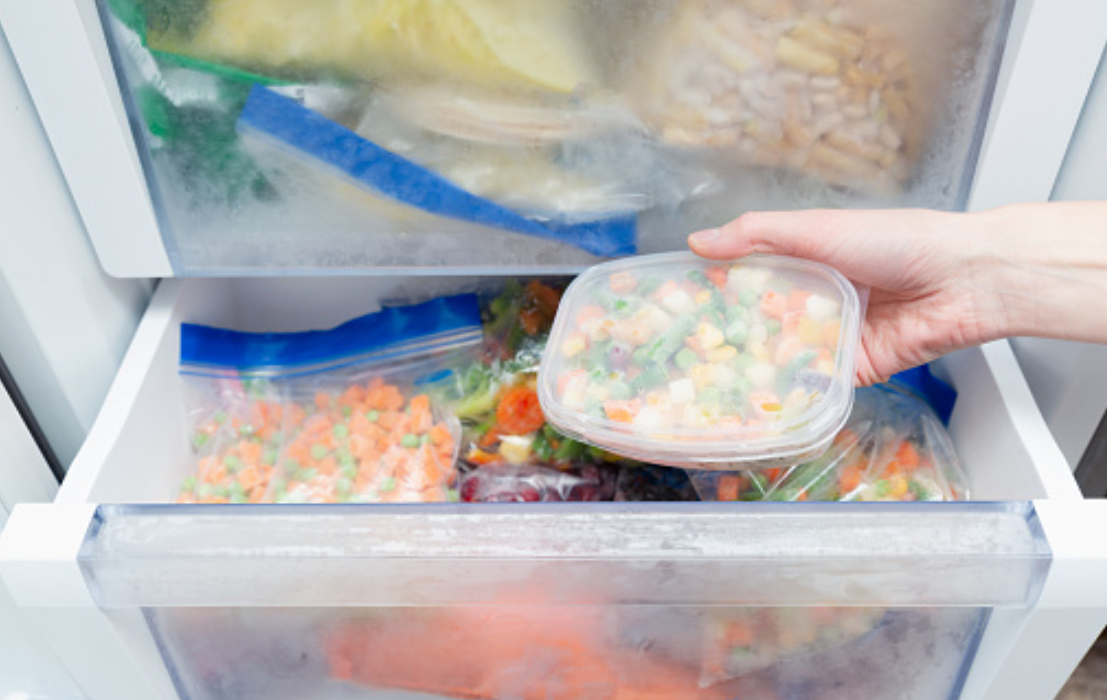
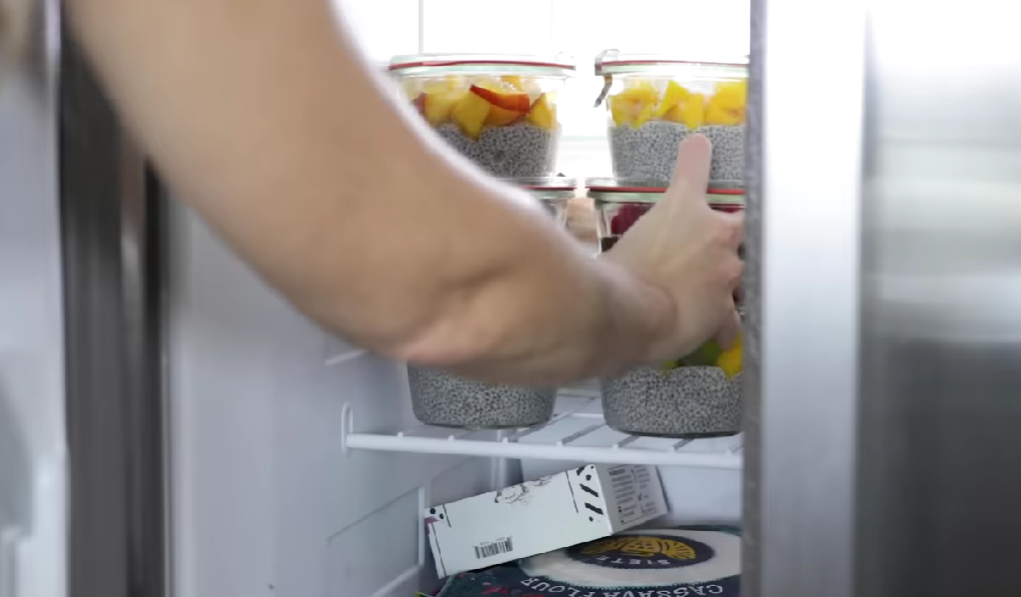

![Can you Cook Eggs in the Microwave? [Complete Guide]](/assets/images/c1f79d1cad59f18f9b5dc31403bd0eb2.png)

